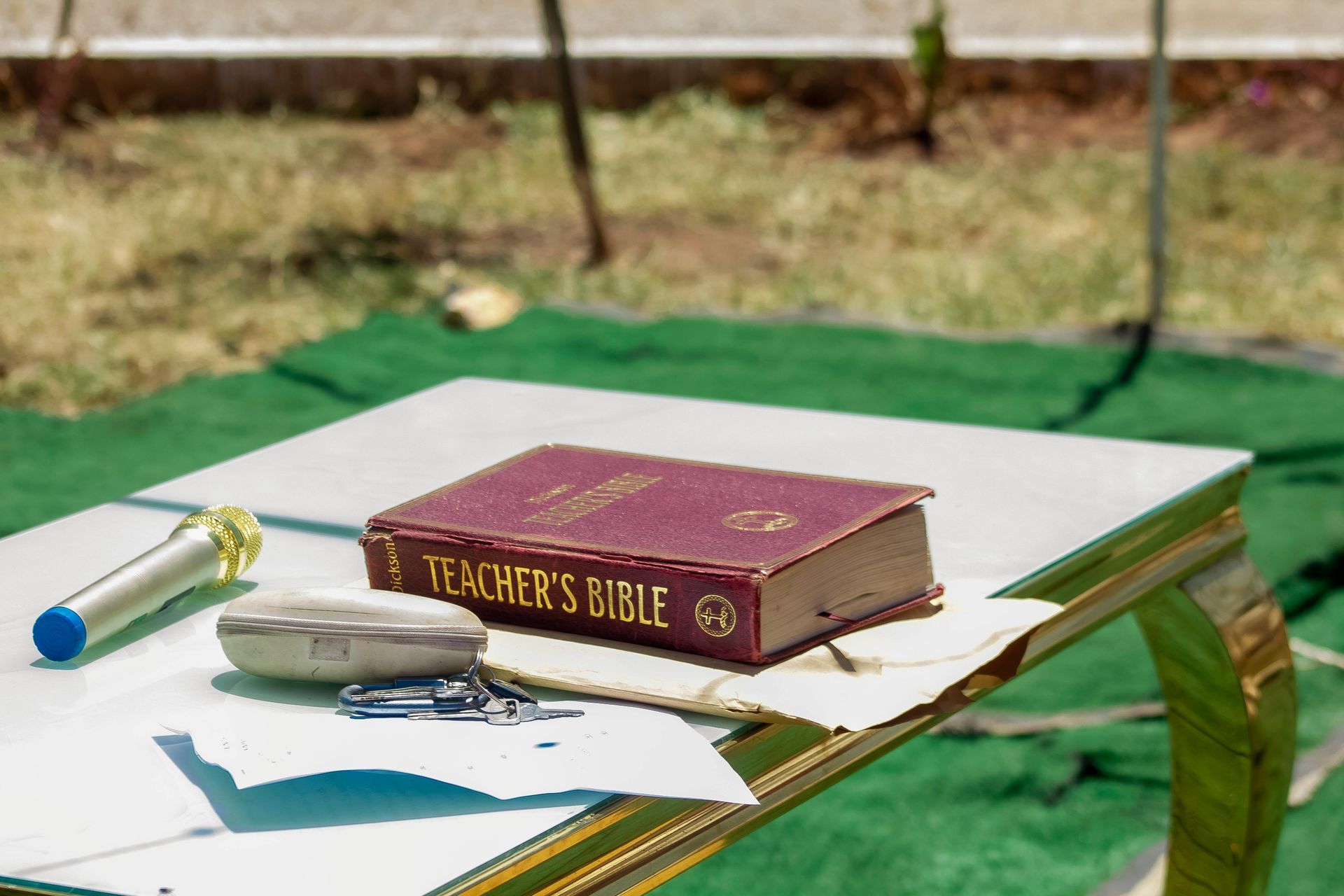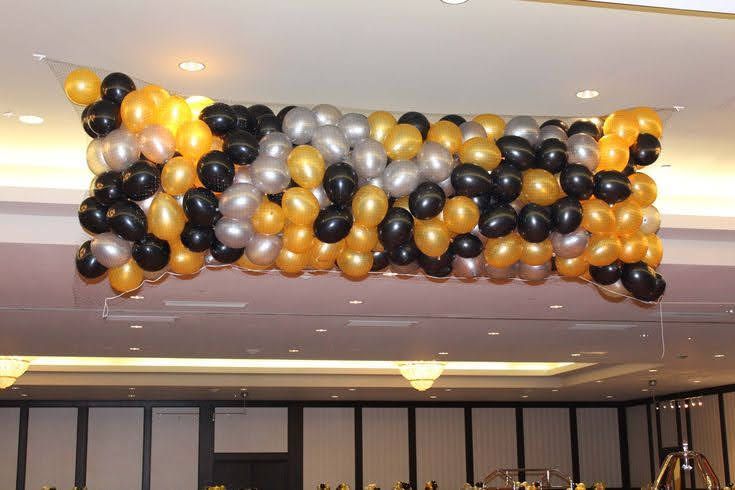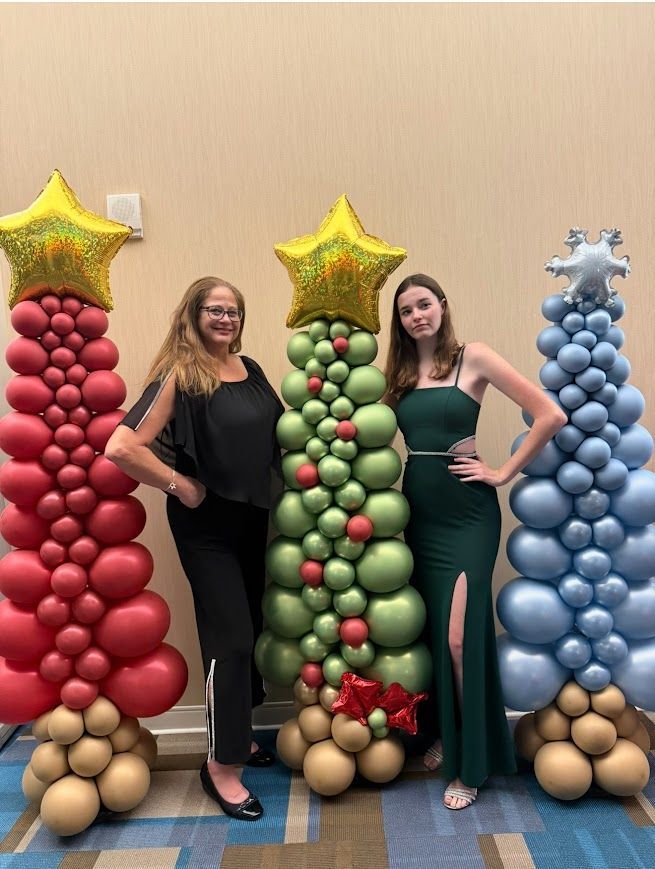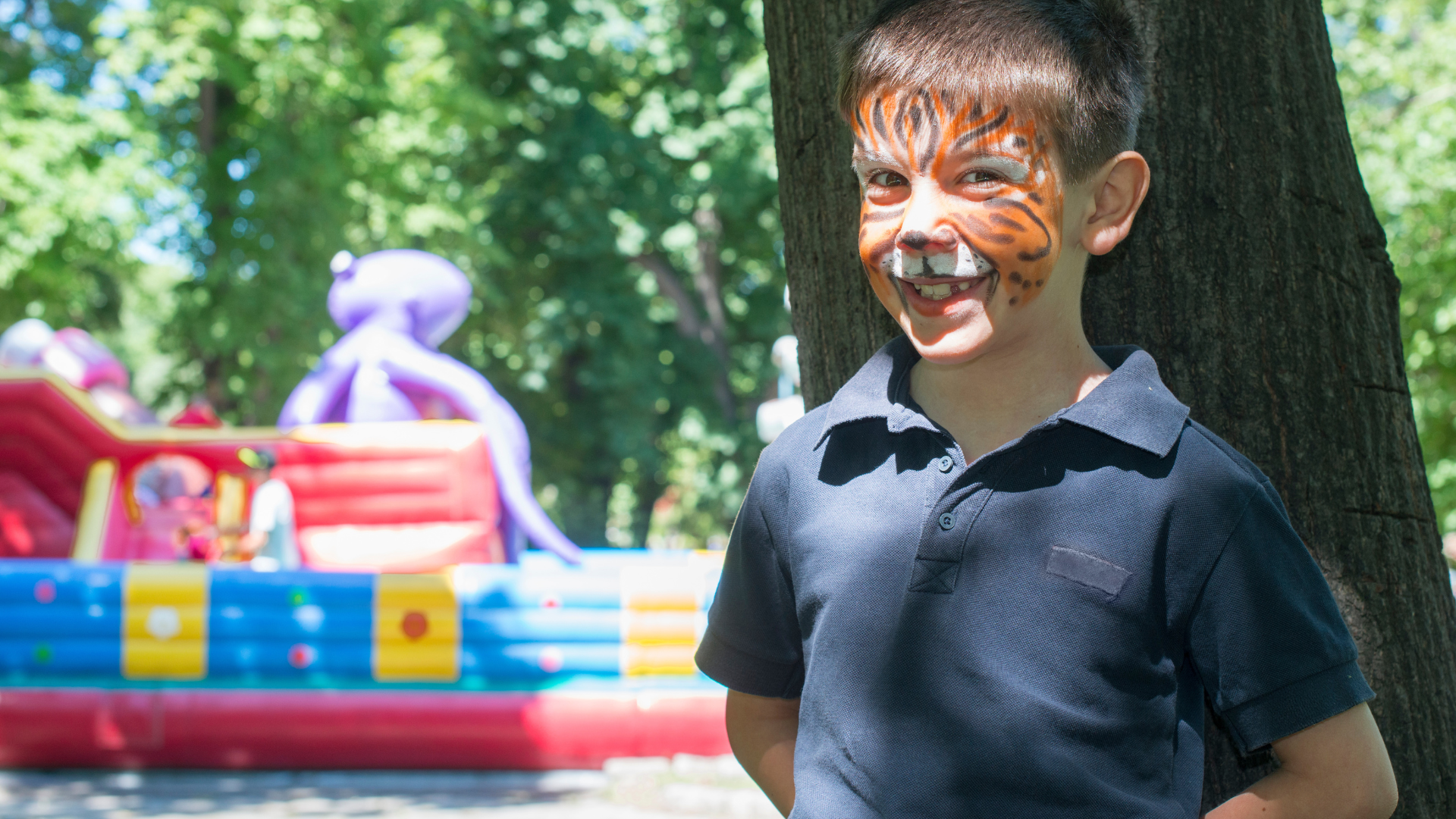NYE BALLOON DROPS AND DECOR
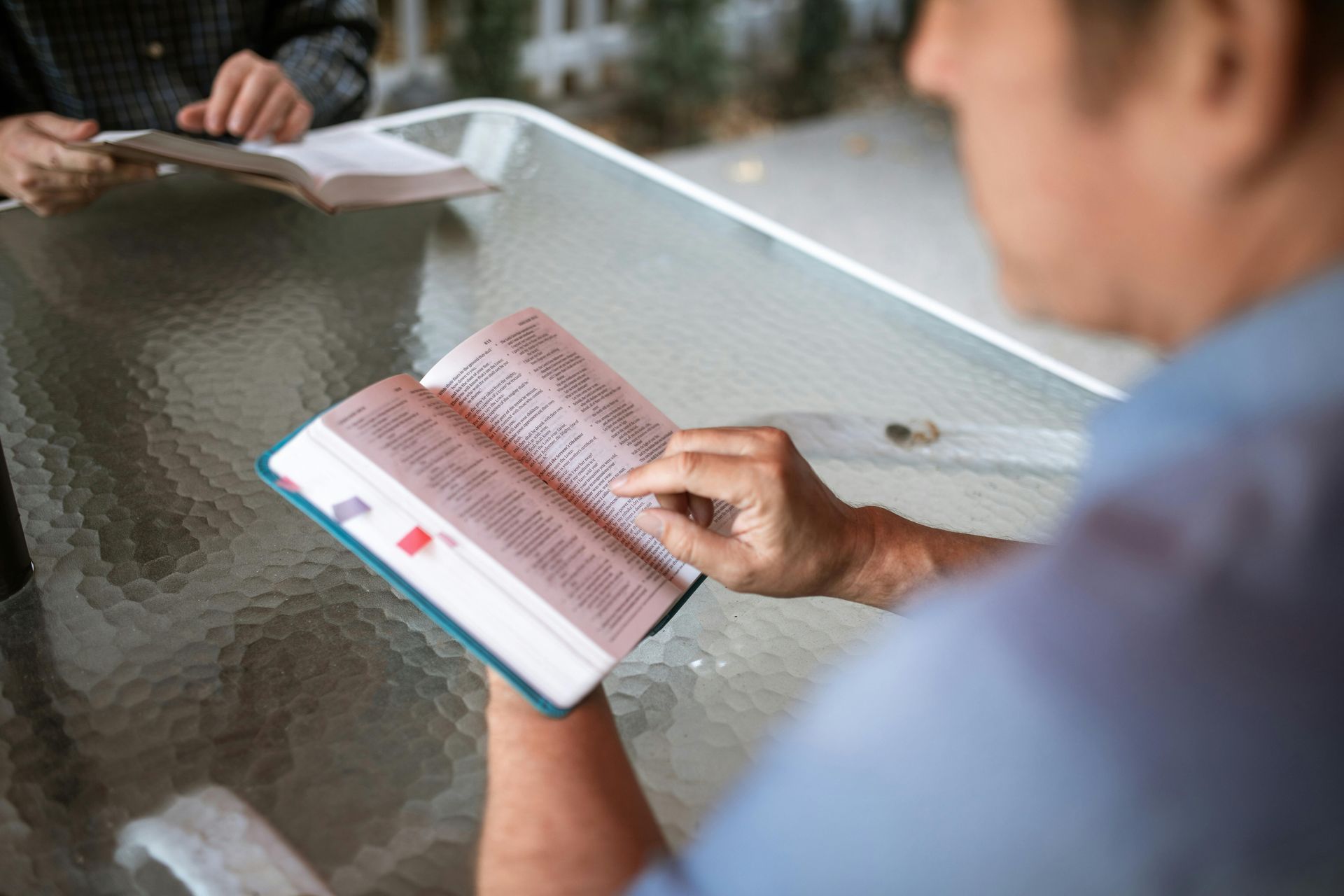
If you’ve ever directed or taught at Vacation Bible School (VBS)—a 3‑ to 5‑day summer program where churches blend Bible stories, music, crafts, games, and missions for preschool through elementary‑age kids—you know the tug‑of‑war between deep, meaningful engagement and a clock that won’t stop ticking. A single over‑long craft or a discussion that drifts past its mark can ripple across the morning, cutting into snack time, shortening recreation, or worse, leaving volunteers scrambling to finish tomorrow’s lesson “catch‑up” style.
The good news? You don’t have to choose between rich learning and punctuality. By integrating “countdown cues”—tiny, sensory signals that begin a few minutes before each transition—you’ll protect the schedule, honor children’s need for closure, and keep every rotation on pace without sounding like a drill sergeant.
Why Traditional “Time‑Is‑Up!” Methods Fail
- They feel punitive. A sudden buzzer or teacher bark of “Stop—clean up now!” startles sensitive kids and can erode the day’s joyful tone.
- They’re inconsistent. When every leader uses a different signal (or none at all), children—and co‑leaders—can’t anticipate what’s happening next.
- They rely on guesswork. Veteran teachers may “sense” when to wrap up, but new volunteers often push on, unaware they’re overtime until the next group shows up.
- They steal application moments. If wrap‑up eats into the next activity, kids miss the reflection, prayer, or memory‑verse practice that cements the lesson.
What Are “Countdown Cues”?
Countdown cues are brief, pre‑planned prompts—visual, auditory, tactile, or a blend—that begin one to five minutes before a scheduled transition. They offer children a predictable runway:
- Cognitive closure. Kids finish last strokes on a craft or jot final answers knowing exactly how long remains.
- Autonomy. Instead of being jerked away mid‑task, they pace themselves toward the finish line.
- Consistency. Every room, every station, every day speaks the same transition language, lowering anxiety and boosting cooperation.
Unlike a plain timer that rings only when time expires, a cue builds anticipation and guides pacing—think of the yellow light before red at an intersection rather than a sudden stop sign.
Implementation Blueprint
- Map Your Daily Blocks
- List each rotation (Opening Rally, Bible Story, Crafts, Snack, Recreation, Closing).
- Record exact start‑ and end‑times in a shared document or printed lanyard card.
- Choose a Universal Cue Style
- Pick one or two sensory channels (e.g., a visual slide timer plus a soft xylophone chime). Consistency beats novelty here.
- Assign a Cue Owner
- Name the person (or device!) that triggers cues in each space. If “everyone” is responsible, no one really is.
- Set the Warning Interval
- Kindergarten–1st grade: 3‑minute warning.
- Grades 2–5: 5‑minute warning.
- Teens or helpers: 1‑minute reminder often suffices.
- Model on Day 1
- Demonstrate the cue during the Welcome. “When the music starts, you have three minutes to wrap up.” Do a fun practice round.
- Pair with Positive Language
- Swap “Hurry up!” for “Take your last 3 minutes to finish your picture—can’t wait to see it!”
- Debrief Daily
- Five‑minute volunteer huddle: Did the cue feel too long? Too short? Adjust tomorrow’s interval or volume accordingly.
Keeping Kids Engaged During the Countdown
- Closure Prompts. Ask, “Circle the verse word that stood out to you,” or “Share one thing you built with your partner.”
- Roaming Helpers. Station teens or adult aides to spotlight near‑finished work—“Julia, great job outlining your lion!” Positive attention speeds packing‑up.
- Micro‑Transitions. When the cue ends, guide a 10‑second stretch, clap pattern, or deep‑breath routine that resets energy before moving rooms.
Sample Daily Schedule Showing Cues in Action
| Time | Rotation | Cue Begins | What Kids Hear/See | Rotation Ends |
|---|---|---|---|---|
| 9:00 AM | Opening Rally | 9:25 AM | 3‑min slide countdown + upbeat jingle | 9:28 AM walk‑out song |
| 9:30 AM | Bible Story | 9:50 AM | LED light shifts from green→yellow | 9:55 AM hand‑signal “3‑2‑1” |
| 10:00 AM | Crafts | 10:20 AM | Xylophone chord every 60 sec | 10:23 AM final chime |
| 10:25 AM | Snacks | 10:40 AM | Volunteer raises two fingers | 10:42 AM group clap pattern |
| 10:45 AM | Recreation | 11:05 AM | Portable speaker plays 1‑min action song | 11:08 AM whistle & water call |
| 11:10 AM | Missions Video | 11:27 AM | Slide timer pops up | 11:30 AM clean‑up jingle |
| 11:30 AM | Closing Rally | 11:55 AM | Light‑box flashes yellow | 11:58 AM balloon pop finale |
Optional Enhancements
- Quick‑Start Video (2 min). Record a walkthrough of your cue system; embed the clip in pre‑VBS training emails.
- Printable “Countdown Cue Cheat Sheet.” Half‑page graphic with cue icons and the phrase volunteers should say—laminate and tape to supply bins.
- DIY Visual Aid Idea. Melody’s signature balloon trick: inflate a long balloon during lesson wrap‑up; as you slowly release air, kids see—and hear!—the remaining seconds whoosh away.
With well‑planned countdown cues woven into each rotation, you’ll protect lesson depth, preserve volunteer sanity, and ensure every child ends the day feeling accomplished—not rushed.
How do I create a Vacation Bible School program?
Creating a Vacation Bible School program begins with identifying your intended audience, such as preschoolers, elementary-aged children, or teens. With your audience in mind, you should establish clear goals—whether you're aiming to teach biblical truths, encourage spiritual growth, or build a sense of community. A cohesive theme should be selected to unify all elements of the program, from Bible lessons to crafts and decorations. After choosing or developing a curriculum that includes stories, songs, memory verses, games, and activities, the next step is assembling a dedicated team of volunteers to cover teaching, music, games, registration, and safety. You’ll also need to secure a suitable venue, typically within your church building, though outdoor or alternative locations can work as well. Effective promotion—using flyers, social media, and church bulletins—ensures good participation. Finally, set up a registration process to collect participant information and plan accordingly.
How do I plan for vacation at Bible School?
Successful VBS planning requires organization, foresight, and good time management. Ideally, preparations should begin at least three to six months before the event. A planning timeline helps divide the workload into manageable phases, including theme development, volunteer recruitment, material preparation, advertising, and setup. Financial planning is also key, so it's important to draft a budget that accounts for supplies, curriculum, and promotional materials. Volunteers should be trained not only in their roles but also in safety procedures to ensure a secure environment for all participants. Supplies and teaching materials should be organized in advance—some leaders find it helpful to separate materials by day or activity. As the event nears, decorating the venue according to the chosen theme adds a welcoming and immersive touch. A well-structured daily schedule allows for smooth transitions between opening sessions, storytelling, games, crafts, snacks, and closing moments.
What is a good theme for Vacation Bible School?
A great VBS theme is one that captures the imagination of children while reinforcing biblical truths in a fun and accessible way. Themes can be adventurous, such as jungle expeditions, treasure hunts, or underwater journeys; historical, like time travel through the Bible or ancient civilizations; or futuristic, involving space missions and cosmic discoveries of faith. Themes focused on character development—such as biblical heroes, the armor of God, or the fruits of the Spirit—are also popular and meaningful. The most effective themes are those that connect deeply with your core message, allow for creativity across different activities, and are memorable for both students and leaders.
How do I lead Vacation Bible School?
Leading VBS is both a logistical and spiritual role that requires clear vision and enthusiastic leadership. As the leader, it’s important to clearly communicate the purpose of the program to your volunteers and set a tone of collaboration and joy. Empowering your team means assigning roles according to strengths, offering encouragement, and making yourself available to support them throughout the process. Demonstrating patience, grace, and a servant’s heart is essential, especially in moments of unexpected challenges. Safety should remain a top priority, with systems in place for child check-in and check-out, allergy awareness, and maintaining proper supervision ratios. Flexibility is also crucial, as things don’t always go as planned. After the event, take time to evaluate what worked and what could be improved, gathering feedback from both volunteers and participants. Celebrating the impact of the week together reinforces the value of the experience and helps inspire continued ministry.
